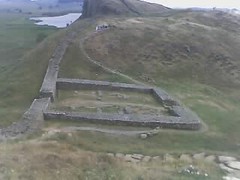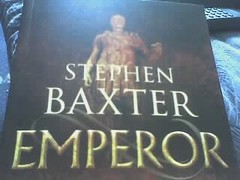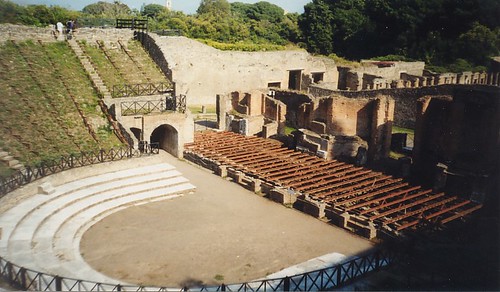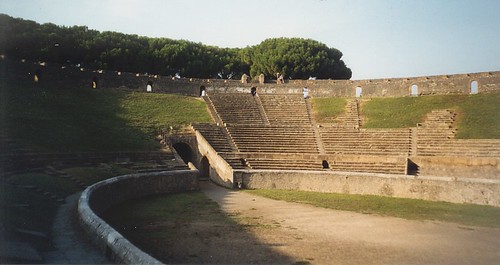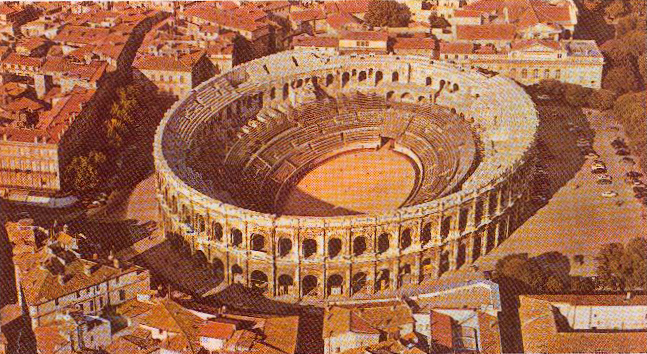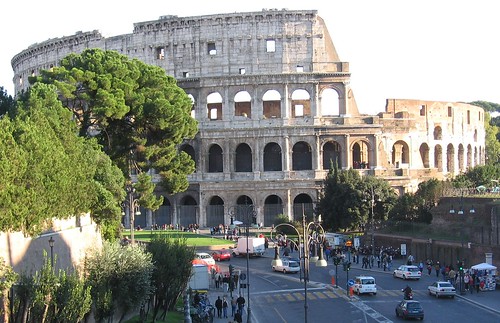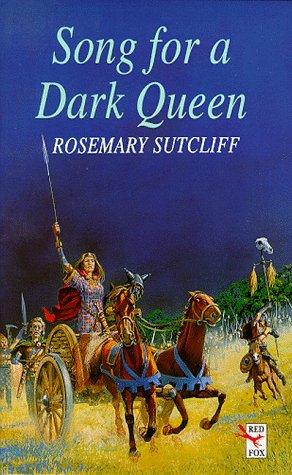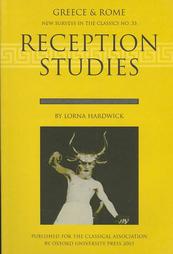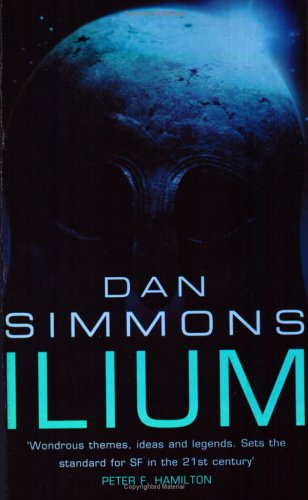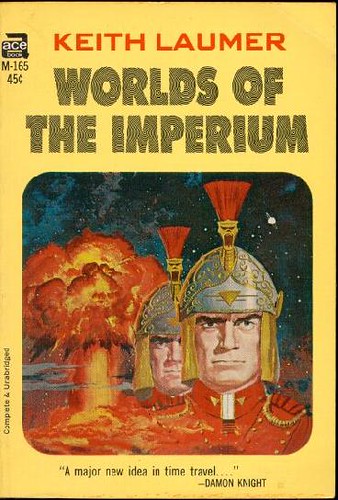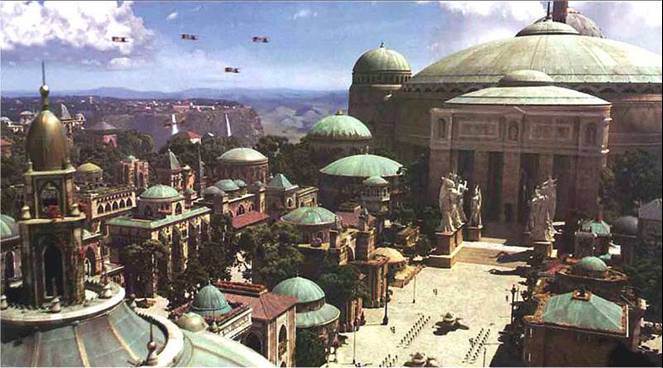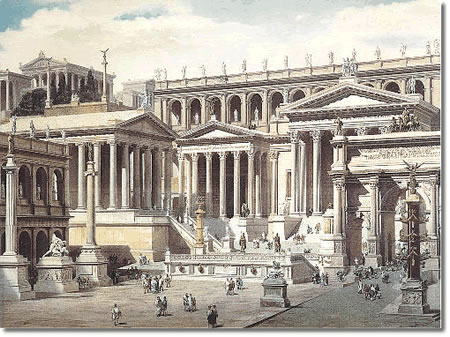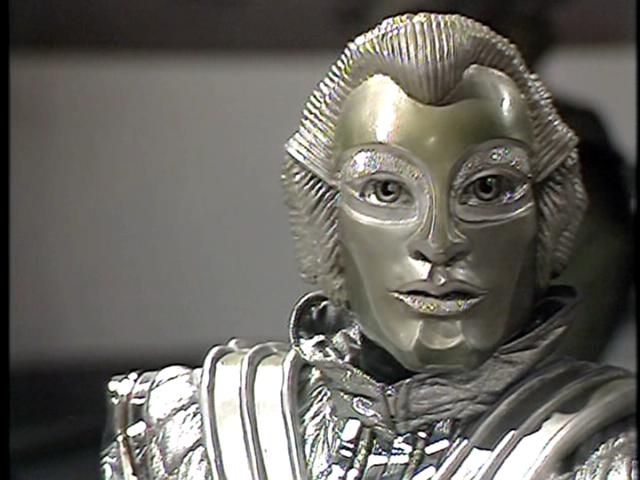The Persians by Aeschylus
Adapted and directed by George Eugeniou
Theatro Technis, London
Performance seen: 31st May 2006
The play is not a celebration of Athens's greatness but a great warning to all empires ever since.
So states Theatro Technis' press release for this new production of the oldest surviving piece of western drama, Aeschylus'
Persians. I have to disagree, at least partially. I think
Persians is a celebration of Athenian greatness, and praises the virtues of democracy over an empire led by an autocrat. It appeals to Athenian prejudice by portraying the naval battle of Salamis as the decisive event in the repelling of Xerxes' invasion of Greece, rather than the later battle of Plataea, in which Athens' rival Sparta took the leading role; in this it has been agenda-setting right down to the present day.* And, I believe, it was meant as a reminder to the Athenians of the achievements of Themistocles, architect of Athenian victory, and, in my view, recently exiled from his home city.**
None of which, of course, means that
Persians cannot also be "a great warning to all empires ever since". Great art functions on more than one level, and at a time when imperialism, armies of occupation, and overstretch, have become terms regularly debated, to focus on this aspect of Aeschylus' play it is exactly the right line for a modern audience.
Much of this production is quite traditional, the way I remember Greek plays being presented from the 1980s, with everyone dressed in long shifts from some indeterminate ancient period. There's nothing wrong with that of course, if done well, which it is here, with clear diction.
But Eugeniou reminds us from time to time that what we are watching is not just a slightly older version of Shakespeare and Marlowe. His first device for this is to cast two actresses to play the central role of Darius' queen Atossa. One (played, according to the programme on alternate nights by Josephine Short and Jessica Martenson) speaks her lines in English. The other, Tania Batzoglou, speaks in Greek (and a beautifully enunciated Greek at that, but then she's clearly a native speaker). Batzoglou takes the role twice. Once at the very beginning, when she recites Atossa's dream as three masked actors, who are in position when the audience takes their seats, enact it before us. It might not be clear what is going on at first, but it sticks in the mind sufficiently that when the English Atossa (Short the night I saw it) tells the same story at its proper place in the text, everything falls into place. The second occasion is when Atossa speaks to the ghost of her husband. Here, Darius' answers are in English, and this, and the fact that we have heard much of what Atossa will report already, enables the audience to understand what the queen is saying.
On both occasions Atossa is masked, as is the ghost of Darius, a device that otherwise Eugeniou does not use. Additional devices that take us away from a cosy play are: the performance of Felipe Cura as the Messenger, exhausted, physically broken and driven half-mad by his journey and the terrible news he brings; and the summoning of Darius, an orgiastic scene of shamanic ritual that will appeal to the anthropologically-minded.
In the Chorus Eugeniou has added Persian Women to Aeschylus' Persian Councillors, perhaps under the influence of other Choruses, such as in Euripides'
Trojan Women. The Chorus begins by being quite static, lit only by tea light candles (the lighting throughout is muted, which suits Theatro Technis' stage area best). They stand still, though the words flow from one member to another in a skilful fashion that is no doubt difficult to master. (It is not quite clear if the moments when they cut across each other are deliberate or mistakes.) Gradually, they start to move more, and are circling the stage by the end.
One can raise small criticisms. Whether played by Short or Martenson, Atossa is too young (though Short is very good in the role). The device of having members of the Chorus depart to play other roles works best when they return masked, but is often too obvious, especially when Short rejoins. On the other hand, the device also gives Batzoglou one of the best moments -– as the Chorus enthusiastically chant the names of lands, cities and islands over which Darius held sway, she returns to them, having shed the mask of Atossa, and stops them dead with 'Salamis', next in the list of Cypriot towns, but namesake of the island where Persia has been defeated.
Any criticisms are quibbles. This is not the best production of Greek drama I've seen, but it's still pretty good, and very intense. If you're in London, the run has been extended until June 10th, and apparently will be on in Oxford in July. It's worth a look.
You can see another review here.
* My own view is that, despite the loss of the Persian fleet at Salamis, Persian land forces could still prevent the Athenians from returning to their city, and so potentially bring about Athens' surrender. Only with the defeat of Persia on land was the threat to Greece ended. (Wikipedia suggests that Plataea was the subject of one of the other plays produced with Persians, Glaucus Potnieus, but I don't think that's generally accepted, and I certainly don't believe it.)
** This, I will admit, is a minority opinion. Themistocles' ostracism and subsequent exile is not in doubt, but the date is. Usually it is placed in the late 460s BC. This is because Thucydides states that Themistocles fled to the court of the Persian King Artaxerxes, whose reign began in 465 BC. However, other sources state that Themistocles arrived in the Persian empire in the reign of Xerxes. Personally, I've always felt that the late chronology for Themistocles' exile is problematic, cramming too many events into too short a time period, and that this is one of the rare occasions when Thucydides is wrong and other sources correct. That would put Themistocles' ostracism and exile into the late 470s BC, coinciding with the first production of Persians, known to have been in 472 BC - and perhaps providing an explanation why Themistocles' name is not mentioned (though the theme of collective Athens against individualist Persia could also explain that).

